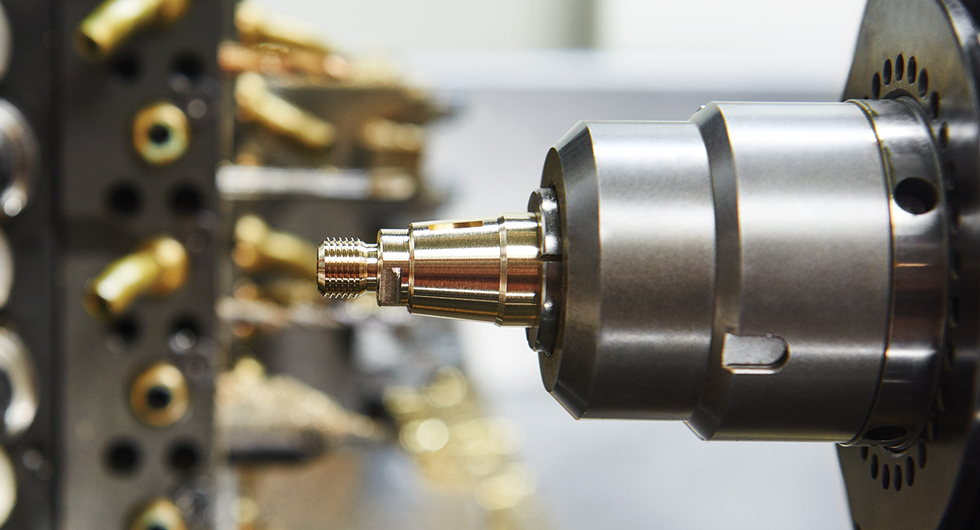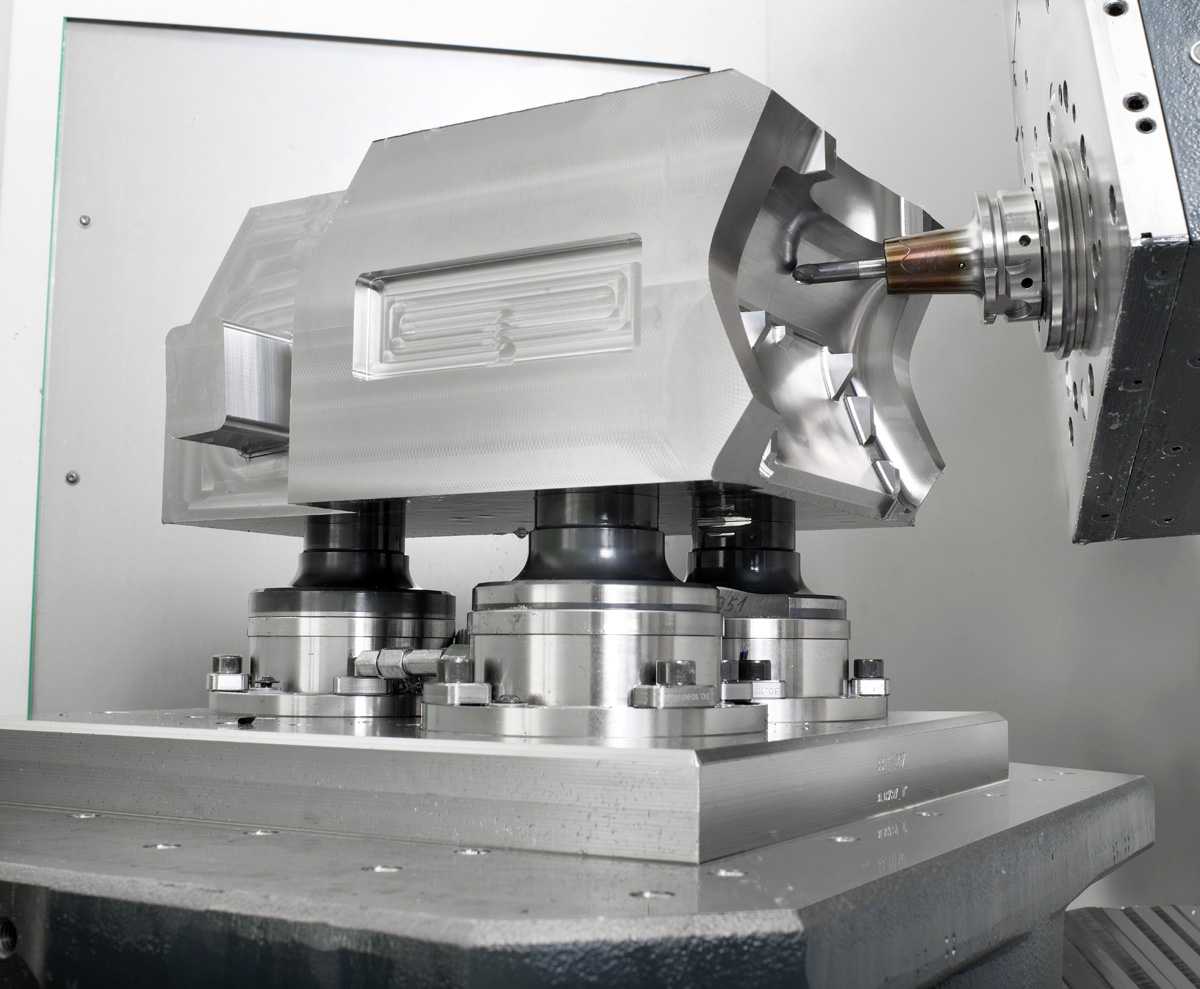To enhance CNC accuracy, regularly calibrate, use high-quality tools, stabilize workholding, control temperature, and employ advanced software to ensure precision and consistency
Use of Quality Tools
High-quality cutting tools are essential for achieving superior CNC machining accuracy. The tools influence the precision with which cuts are made, and significantly minimize wear and tear, which affects the machine’s capability in the long run.
Cutting Tools Selection
Choosing the right cutting tool depends on the material and the operation to be conducted. I would recommend the use of high-quality carbide cutters for difficult-to-machine materials such as stainless steel or titanium. Decreased tool wear and increased durability allow for heavier machining and faster feed rates. Better brands of cutters, offer tighter tolerance and smoother cuts.
Maintaining Cutting Tools
Regular maintenance of a cutting tool is important because tools that are not sharp will leave a distorted dent and have poor speed. Checking for dullness and wearing is important to determine the viability of a tool. A sharp tool will have little material deformation and also provide a cleaner cut. Using a worn tool, even when it is newer than the rest, will eject the material incorrectly based on the worn tool. Grinding the worn tool back to sharpness is also cheaper than buying a new one. It is generally important to check a cutting tool after the machine has run for about 500 hours and immediately otherwise.
Importance of Cutting Tool Quality to Machining Accuracy
Vibration of poor quality cutting tools is another source of reduced accuracy of the CNC machine. Poor quality tools have an imbalance which will cause greater vibration. The vibration of the tool causes machine deviation from the correct programmed values. The use of high-quality tools eliminates these vibrations and ensures machine stability.

Understand Material Properties
Understanding material properties deeply can maximize CNC machining accuracy. Different materials behave in diverse ways in machining processes, including how they react to various temperature gradients. Implementing the knowledge about the properties of different materials can also significantly affect the choice of tools and cutting parameters, which can lead to a better outcome in general.
Thermal Expansion and Contraction of the Material
All metals have a distinctive CTE or coefficient of the thermal expansion. It is essential to know the CTE of the material one is working on to prevent any thermal-induced inconsistencies. For aluminum, the CTE hovers around 23.1 x 10 ^-6 per °C whereas for steel, it is around 12 x 10 ^-6 per °C. Therefore, machinists can use material CTE as a guideline to adjust the machine settings up to the standards, preventing the dimensional variations one can see due to different temperature gradients of a piece.
Material Hardness
The hardness of a given material can determine the tools to use and the speed at which the machining should take place. Usually, the hardness of different metals is measured in HRC or other relevant units. Machining a material with 30 HRC demands using a tool and adjusting speed differently from, for instance, 60 HRC. Using the facts about the material’s hardness can tailor the machine to the given requirements thus increasing accuracy and outcome quality.
Material Toughness and Brittleness
Toughness is the ability of a material to absorb energy before it breaks down, whereas, brittleness refers to the ease the materials can break or shatter. A material with a higher toughness will also be more difficult to machine well, as it has more elastic deformation abilities in general. Using the statistics about these properties can ensure applying the right cutting speed and the feed rate and minimum risk of damage to the tool or the piece itself.
Chemical Properties
Finally, some materials may exhibit a corrosive or abrasive effect on the tool and the finish of the machined part. For example, machining titanium or magnesium may come with problems due to the chemicals’ reactive nature to the tool. Using a coolant on these elements or machining a particular type of coating can, however, negate these issues.
Upgrade Machine Tools Promptly
One of the strategic methods to enhance and maintain CNC machining accuracy is to upgrade machine tools on a regular basis. Technology evolves at a rapid pace, and frequently, the most advanced tools and equipment can offer substantial improvements in terms of precision and efficiency. Besides, operators must be vigilant and constantly monitor whether their CNC machinery requires upgrades. Some of the most prominent signs which signal that an upgrade is long overdue are increased tool wear, frequent breaks, and low product quality. If a CNC milling machine starts to create parts whose dimensions are inconsistent more often, this is a clear indication that machinery is not accurate enough.
Type of Modern Technology Leading to Upgrades
In the majority of cases, upgrading machines tend to enhance their accuracy potential, and, as such, the most prevalent type of technology today is CNC equipment. Newer machinery uses more advanced spindles, offers tighter tolerance control, and, as a result, can interpret multi-dimensional products more effectively. For example, the positional accuracy might be increased from ±0.010 mm to ±0.005 mm. In other words, the technology allows the product to be the finished result to be two times more precise.
Plan for Upgrading
It is inadvisable to upgrade machine tools too frequently as it can lead to significant downtime and corresponding losses. On the other hand, companies must not put off upgrading either, as it is important not to fall behind the competition in terms of production accuracy. Therefore, companies must assess their current equipment and identify the tools and mechanisms that can be upgraded for substantial improvements. Operators must prepare a phased plan as to align accuracy improvements with the budget and business operations. Followed by this, a series of upgrades should be implemented on a regular basis. Finally, companies must invest in training and educating their operators to use the sophisticated tools properly, as even the most advanced equipment will not be as precise if not utilized accurately.

Improve Cutting Tools
Improving the performance of cutting tools is a direct and efficient approach to increasing the accuracy of CNC machining processes. Cutting tools of the best quality optimize material usage, improve surface finish, and extend the overall durability of the delivered machinery.
Materials for Cutting Tools
The selection of proper materials can be viewed as a foundation for fine machining efforts. Hard materials such as carbide, cubic boron nitride, and diamond will be suitable for high-speed machining and hard materials, such as hardened grade steel and various exotic alloys. The cutting edge of a carbide tool remains sharp at much higher temperatures compared to high-speed steel.
Geometry Optimization
The geometry of cutting tools, including various angles and the sharpness of the cutting tip, may positively influence the work of the tool and the outcome. Optimization of the tool geometry regarding the nature of the carried machining task may significantly improve the quality and precision of the performed work. Certain changes of the angle may reduce tool deflection and vibration.
Coating Technologies
Advanced coatings should be applied to cutting tools on a regular basis to maintain their outstanding performance and durability. A coating such as titanium nitride or aluminum titanium nitride may reduce friction and heat on the cutting tool. As a result, the material saves heat for higher cutting speeds and drastically decreases the number of tool changes needed. Furthermore, the coating reduces wear when applied to the cutting edge of a tool.
Maintenance Procedures
Besides that, regular monitoring of the tool’s condition is essential and defects should not be ignored. Tools should be replaced or resharpened before they become inefficient. One of the best practices is evaluating tool wear after 100 hours, or less, of use. On the other hand, the time spent on cutting dry stainless steel roughing mills will be much shorter and effort will be smaller.
Innovative Designs
Finally, it is always critical to be aware of the cutting-edge technologies in tool design. The most effective cutter designs allow for more efficient chip removal, extract cutting heat, and therefore increase the overall cutting speed. For example, a combination of the new design and innovative coatings may reduce cutting face temperatures from 1600F to just 300F.

Watch Out for Tool Wear
In CNC machining, monitoring tool wear is crucial to maintaining high precision. Excessive wear tends to manifest in poor surface quality, inaccuracy, and, in severe cases, can even damage the workpiece or the tool itself. Patterns of wear on a tool can help predict how it manifests and how to adapt to these wear patterns.
Understanding Tool Wear Patterns
Tool wear typically manifests at the cutting edge of a tool. For an endmill, the wear pattern is called flank wear and changes the shape of the cutting edge. As the cutting edge dulls and erodes, the dimensions of the cut change. By measuring the width of the flat area and determining whether it needs to be replaced based on when this width reaches a certain threshold, a machinist can predict how worn a cutting tool is and take preventative action before the diminished quality of the tool’s work affects the product produced.
Implementing Wear Monitoring Systems
Modern CNC machines can be equipped with systems capable of monitoring tool wear in real time. They use sensors that can detect a change in forces or vibrations in the machine that indicate the tool is reaching the end of its lifecycle. By implementing one of these systems, it is possible to be alerted to a problem before the tool fails and any product is lost, reducing scrap rate and ensuring the product’s quality remains consistent.
Setting Tool Life Criteria
It is important to set what criteria will determine the end of the tool’s life beforehand. This can differ depending on the conditions of machining and the materials it is used to shape. For example, a tool may be programmed to be replaced after it has shaped 10,000 units, or after the wear land reaches 0.5 mm, whichever happens sooner. Taking a proactive approach ensures tools never get into a state where they are unable to optimally support a high-precision machining-induced profile on a surface.








